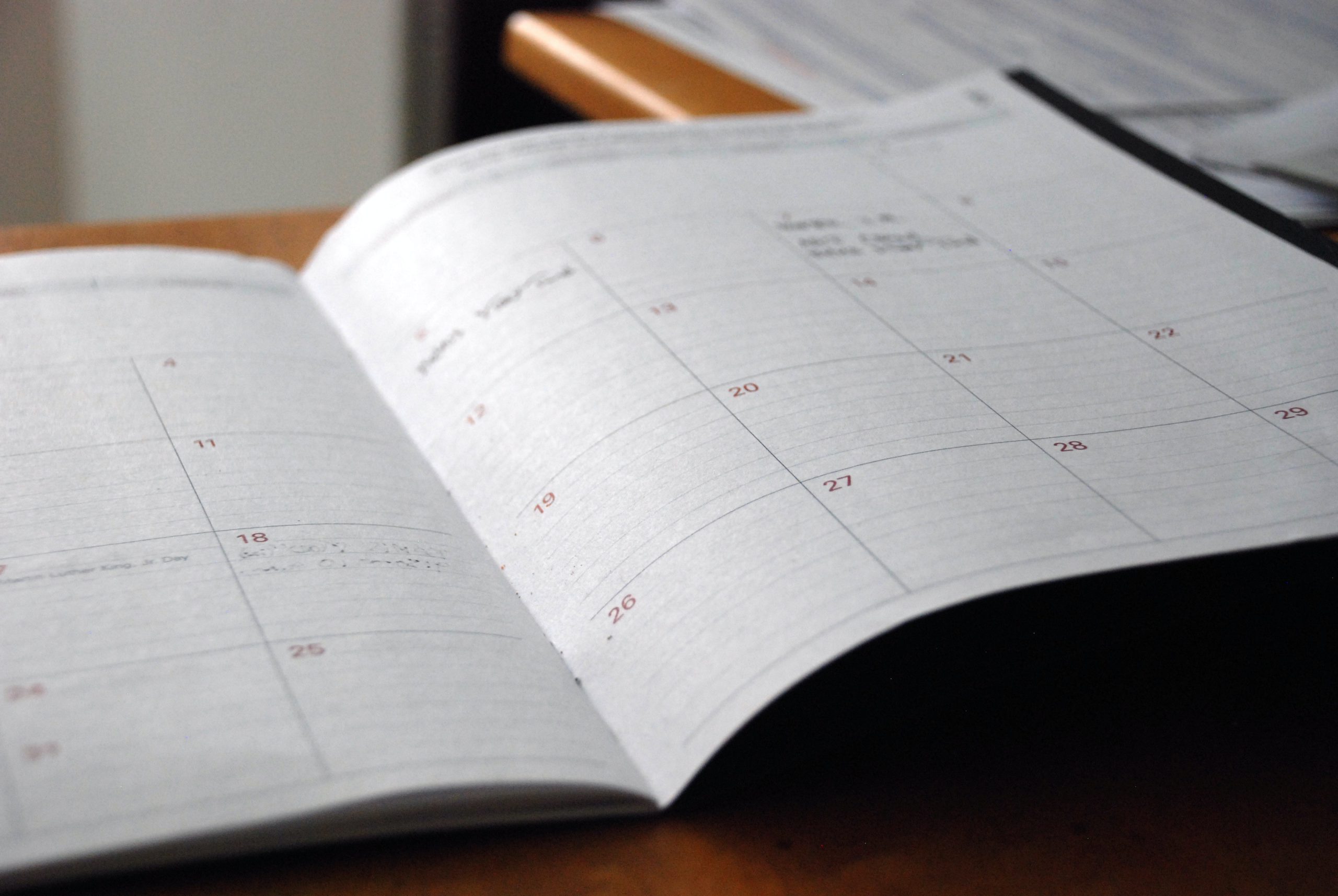When it comes to working through the pandemic, many of us are feeling tired, distracted, or at least half way there. The emotional challenges of the pandemic have taken hold on the national workforce with 78% of adults citing it as a significant source of stress in their lives. If it feels more difficult to concentrate on work than ever before, you may be experiencing a phenomenon known as attention residue.
Let’s take a closer look at what causes attention residue, why it’s so harmful to productivity, and ways you and your team can get your work flow back.
What is attention residue?
What does your typical work day look like? If you’re like a lot of knowledge workers, you start by checking your email and starting on your first task. You make some progress on to-do list item number 1. Then you hop into a meeting, respond to messages while you’re on Zoom, and maybe take care of a couple of personal errands while your co-worker is rambling. You go back to to-do list item number 1, but messages from Slack grab your attention. Oh, and your boss finally got edits back on that draft you’ve been working on. Better pop in and check on those real quick.
You constantly switch between tasks throughout the day without even realizing it. After all, they’re all related to work in some form of fashion. Plus, they feel urgent. But each switch, known as context switches, is actually an interruption in your workflow. As Memory.ai puts it, "Attention residue is at complete odds with the way we work: our brains simply weren’t designed to work on two mentally challenging tasks at once."
No wonder you feel so tired at the end of the work day. Add in household distractions and the stress of the pandemic. That’s some serious exhaustion day in and day out!
Attention residue is becoming more common as our workdays grow longer. Research shows that the average workday increased by 48.5 minutes following the pandemic. Meetings have increased by 13%. Longer hours, the pressure to be readily accessible, and fragmentation caused by meetings do a real number on your attention supply.
Related: Create Effective Onboarding Practices for Your Remote Team
The impact of attention residue on teams
Have you ever started one task and noticed thoughts lingering in the back of your mind? It’s an incredibly common phenomenon. In order to give your full attention to the task at hand, your mind needs to stop thinking about other items on your to-do list. This becomes difficult to accomplish when you have a number of distractions in your work environment.
Each context switch can take up 20 to 80% of your day’s productivity supply. Moreover, it takes an average of 23 minutes and 15 seconds to refocus your attention after an interruption. Now, consider that Slack messages increased 20% and Zoom shares by 30% during the first three months of 2020.
If you’re noticing that your team is struggling to remain present and accomplish deep work, they’re probably grappling with attention residue. Your remote employees are more susceptible as they often feel pressure to demonstrate they’re working by engaging in communication platforms.
Best practices for combating attention residue
Here’s the thing: the attention residue problem isn’t going anywhere. Even as more knowledge workers return to the office, distractions and interruptions will remain. We are simply overloaded with information and bids for our attention each day.
The first step to helping your team overcome this challenge is to address it. Share the information you’ve learned about attention residue including how it plays out in the workplace and its effects on productivity. Do this in a non-judgemental way, leaning on your own experience as examples.
Then, set your team up for success. Express your confidence in your employees’ ability to do their job and do it well. Even if you’ve said it before, say it again. Model ways to regain focus and curb distractions, such as:
- Set and stick to working hours
- Turn off notifications for after-working hours
- If you must compose an email or message after hours, schedule it to send during work hours
- Take stock of work about work tasks and look for ways to streamline
- Use calendar blocking or time boxing to allow for deep work
- Put away your phone and mute communications platforms during deep work
- Make a note of what you’ve completed and next steps before switching to a new task
- Consider implementing "Zoom Free Fridays" or the like to give employees a break
Finally, make sure your team has the tools they need to collaborate effectively from anywhere. Vibe’s interactive whiteboard is built for 21st-century collaboration, with tools to capture ideas, annotate, organize, create, and distribute in real-time.
Vibe offers a collaborative solution combining an interactive digital whiteboard and innovative smart software. Increase engagement and efficiency at your brainstorming sessions, virtual training, and classroom sessions by integrating your favorite applications with video conferencing and an infinite, mess-free writing canvas. Collaborate today with Vibe.
Looking for the latest in interactive whiteboard technology? Check out Vibe today!







-1sbltxxq4FYxHrXrwJVLsCDNsXpqNa.webp)
-5Zp0pmSytvcuYDVs1LvuwplKuRneK0.webp)
